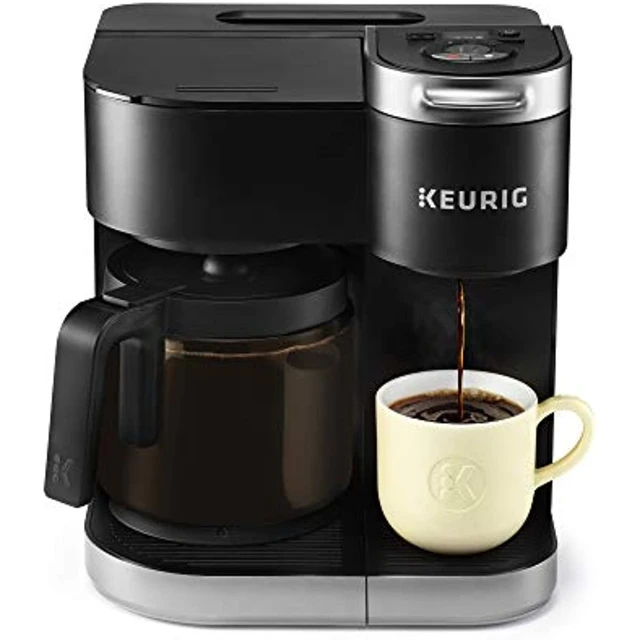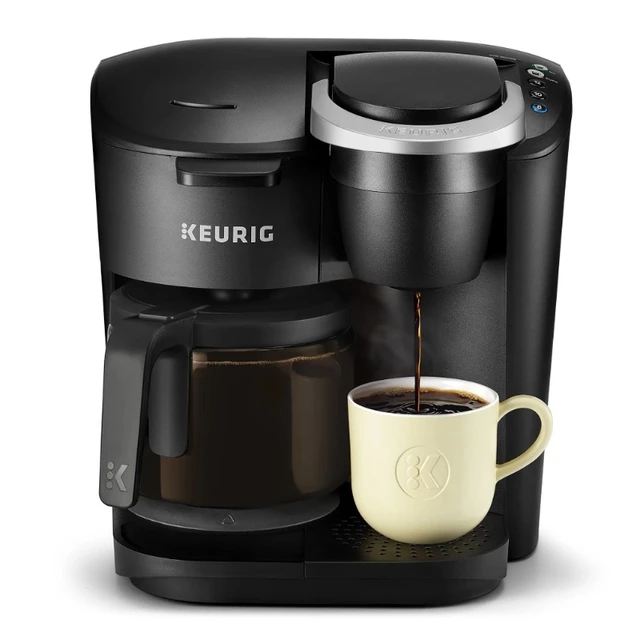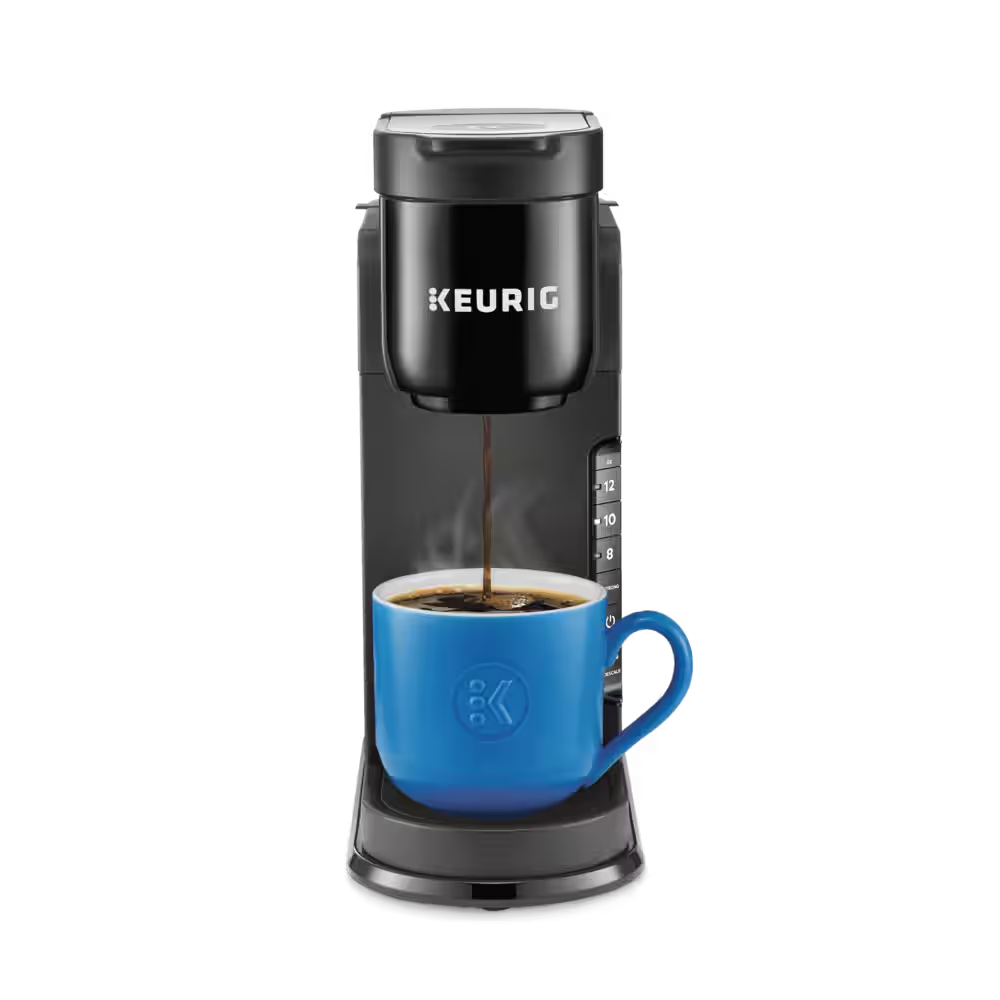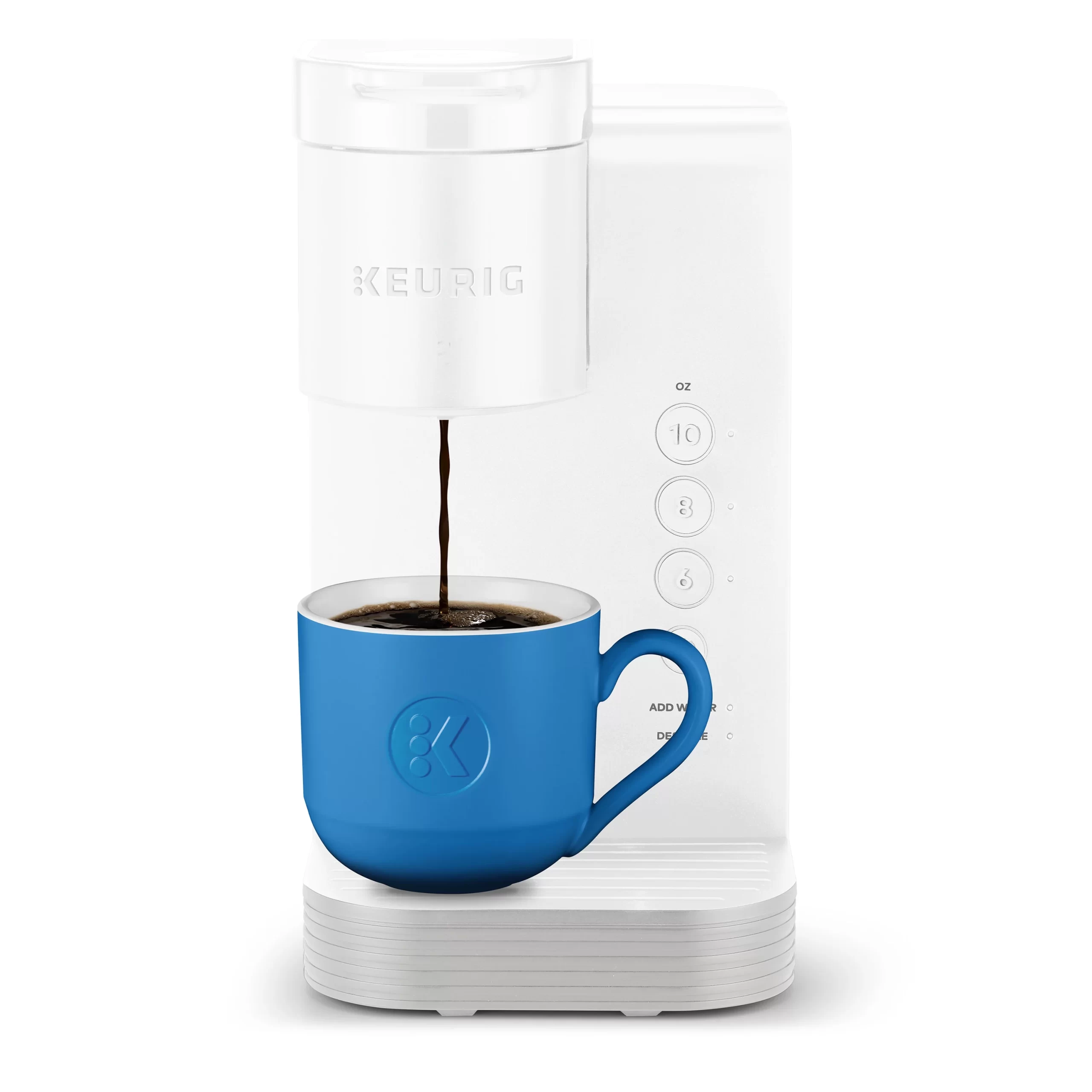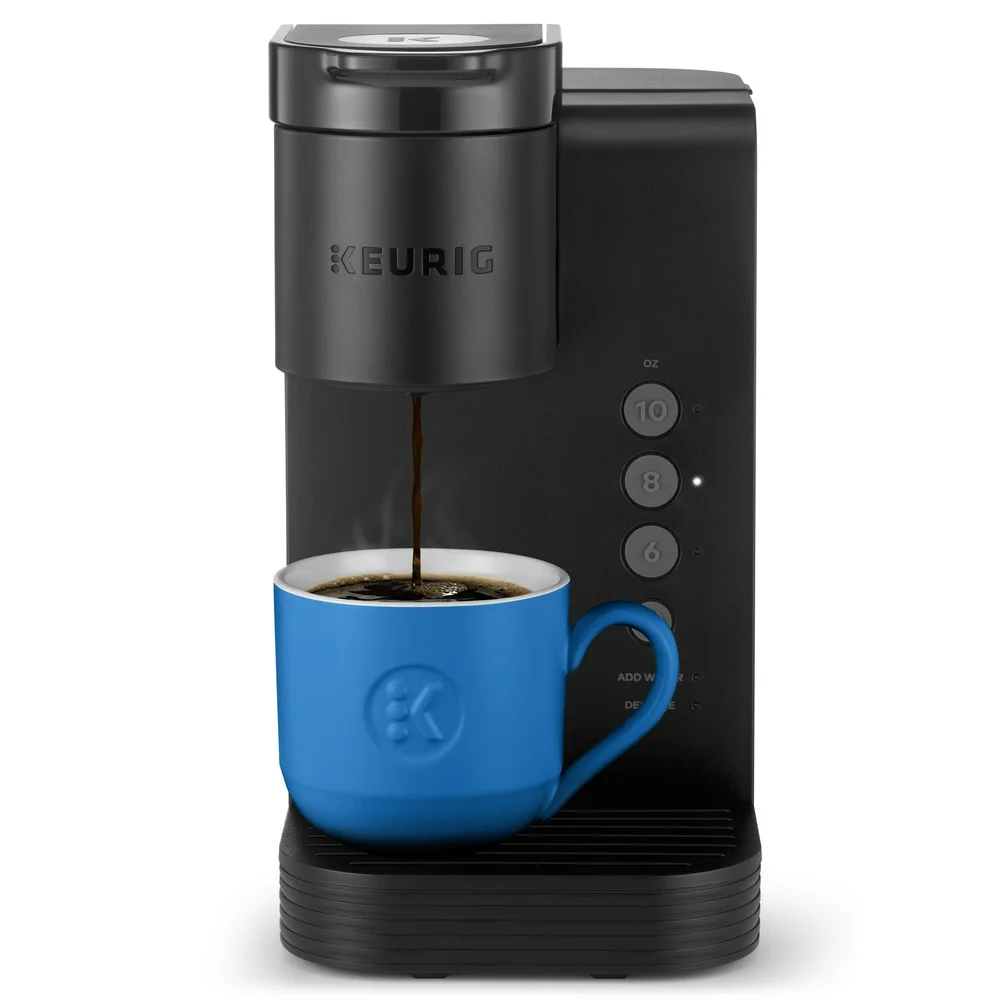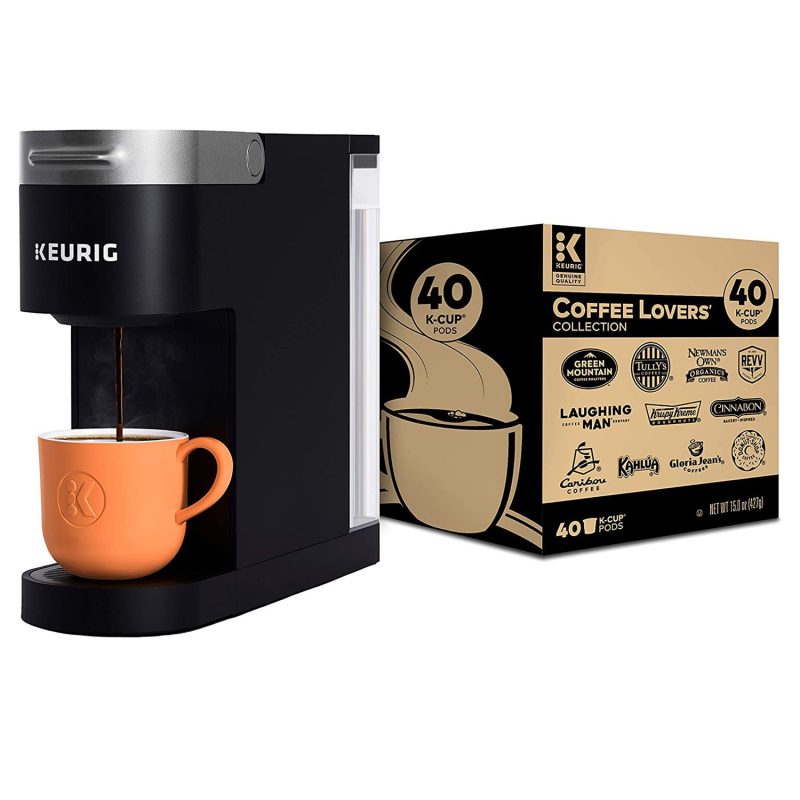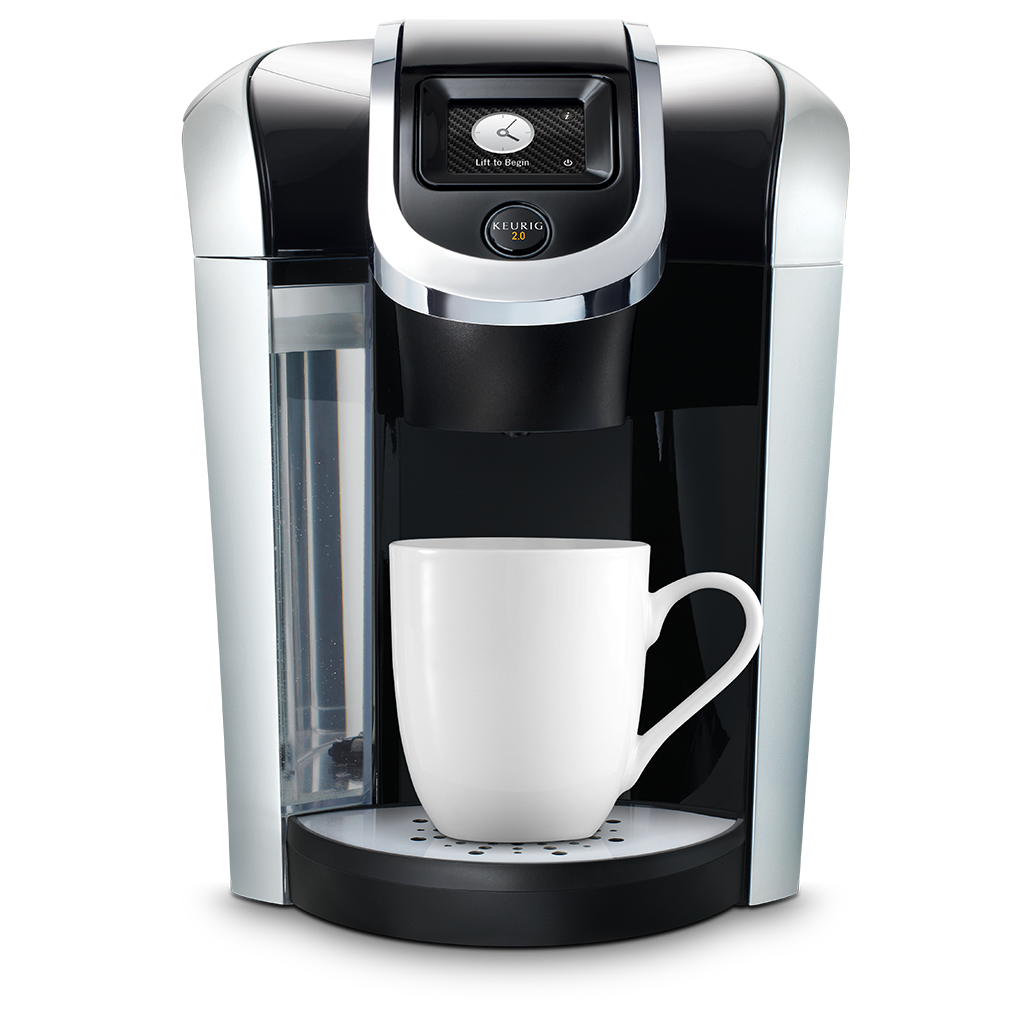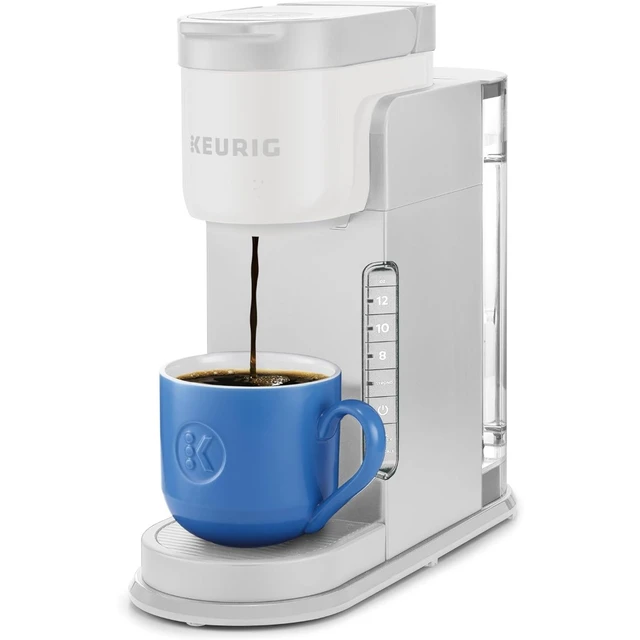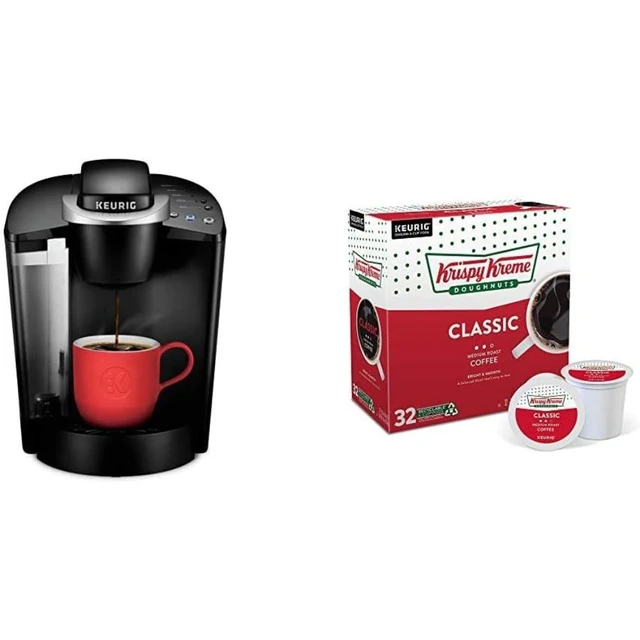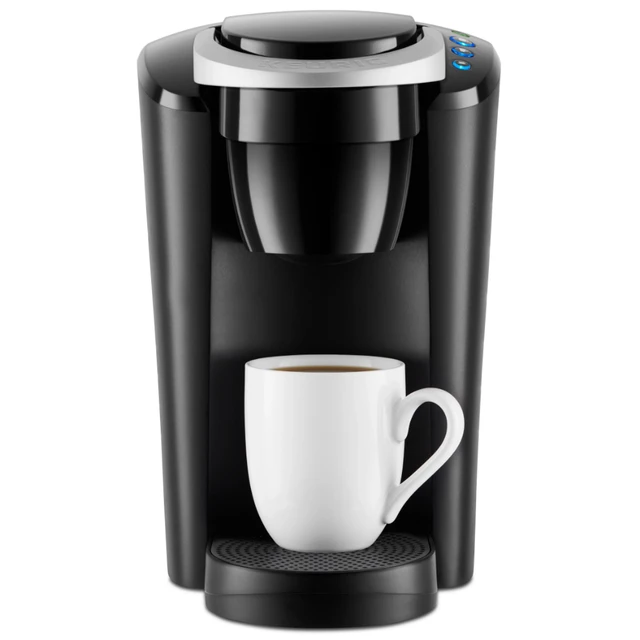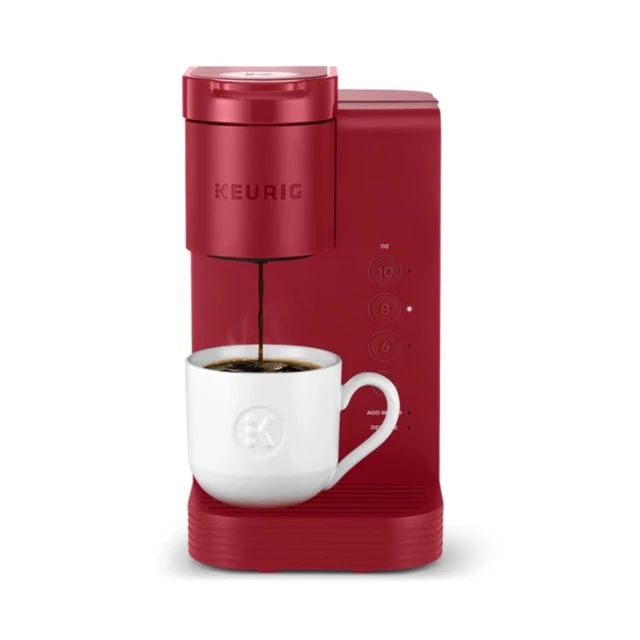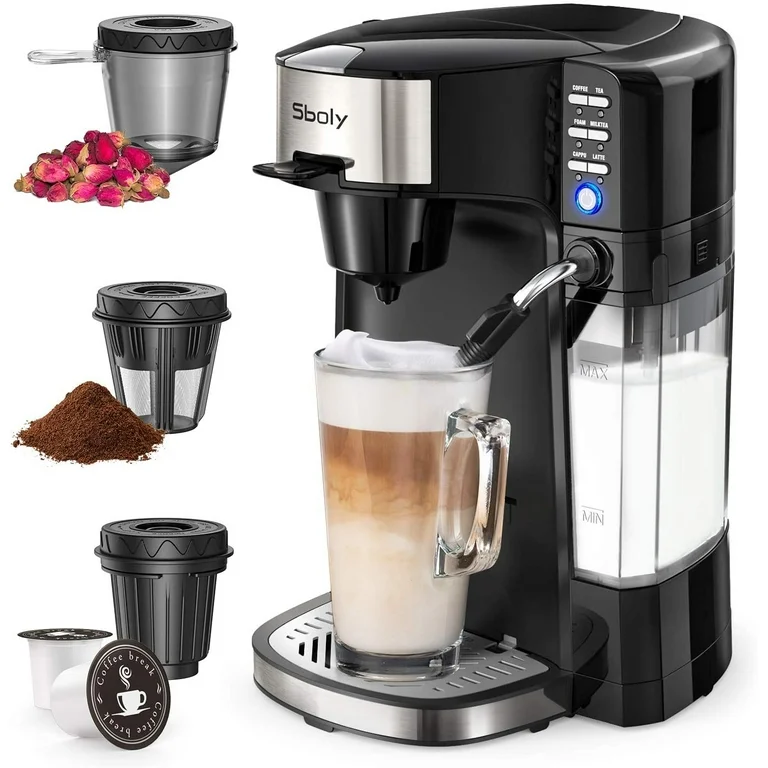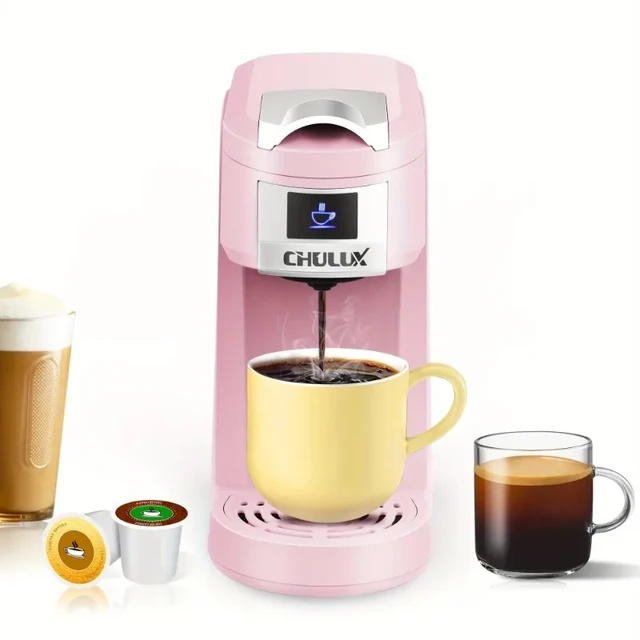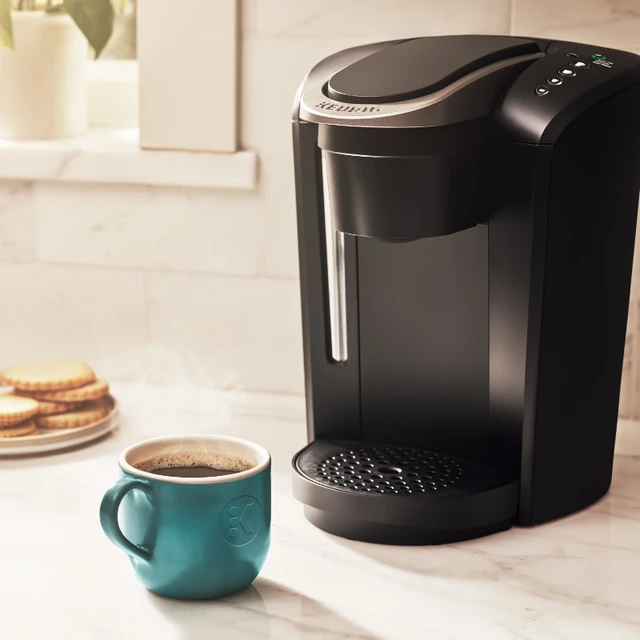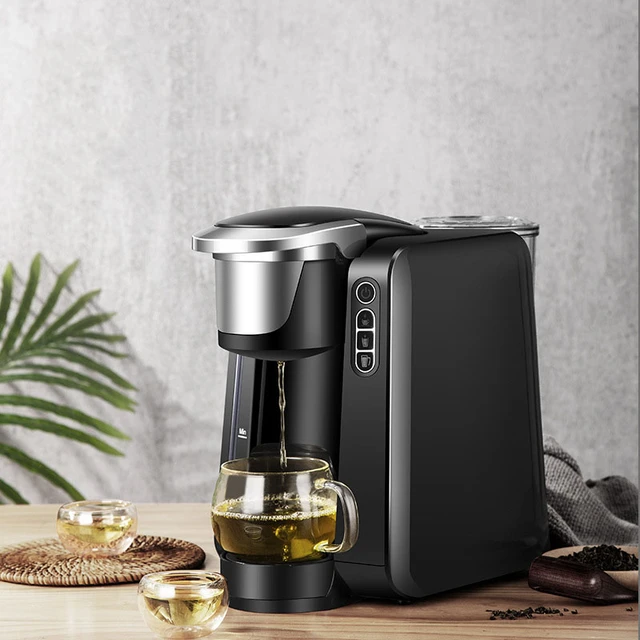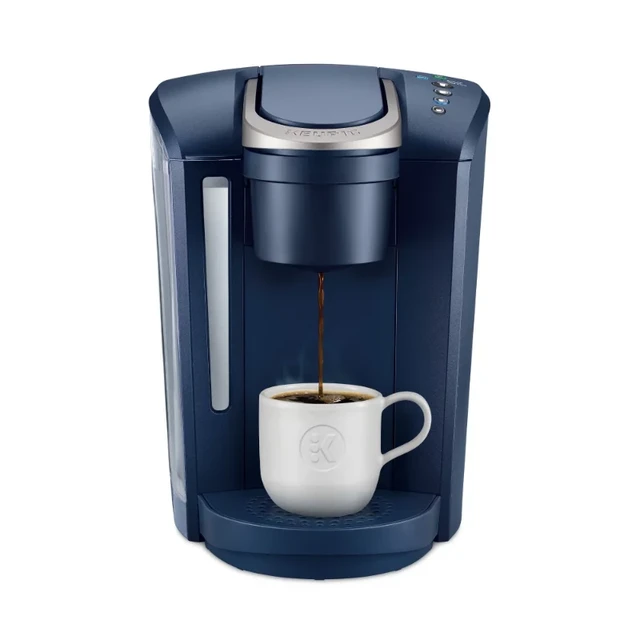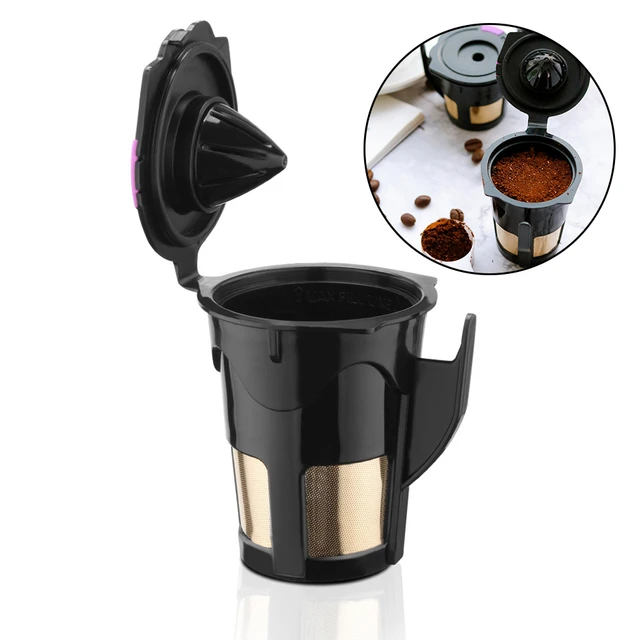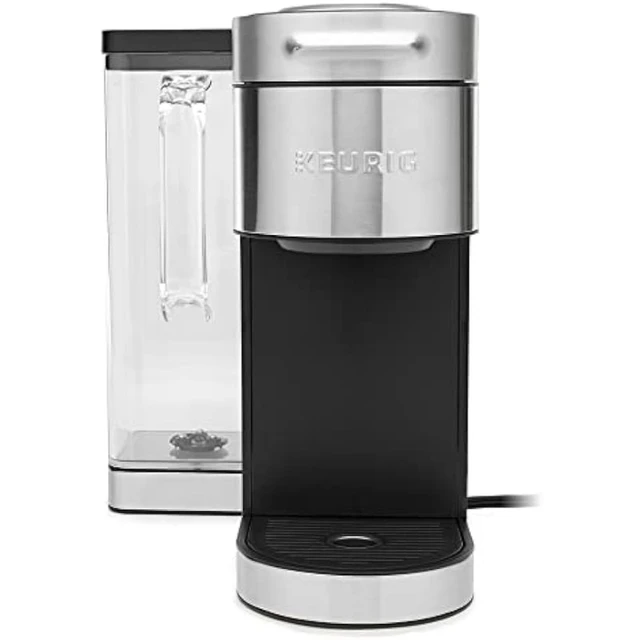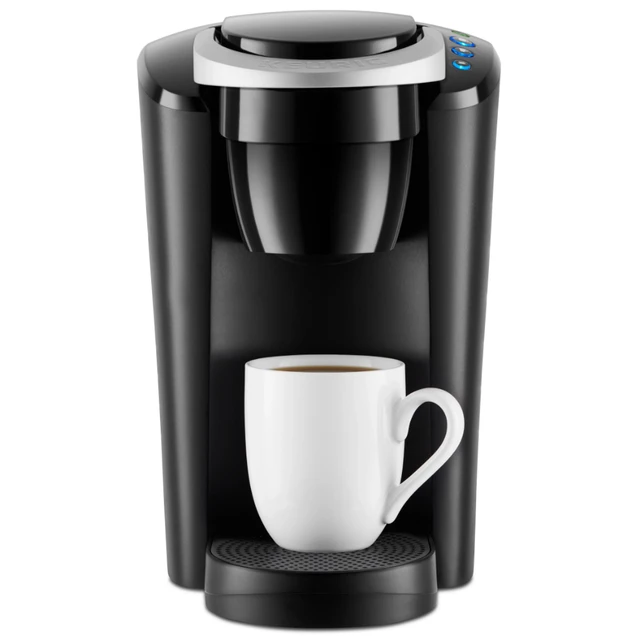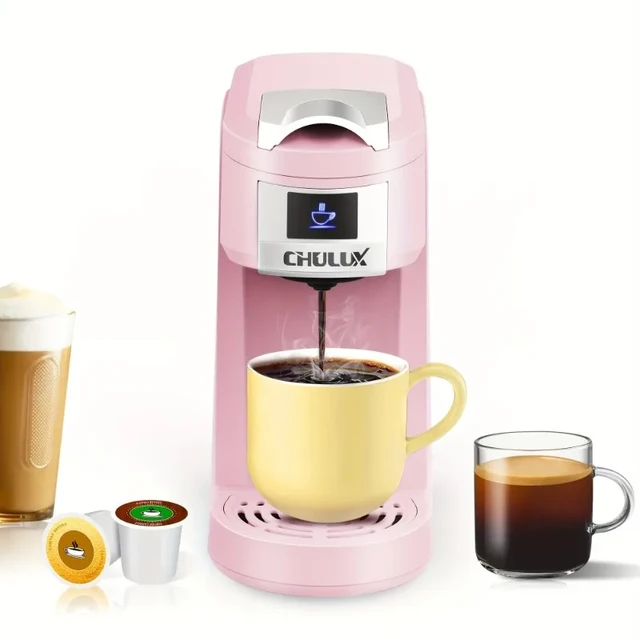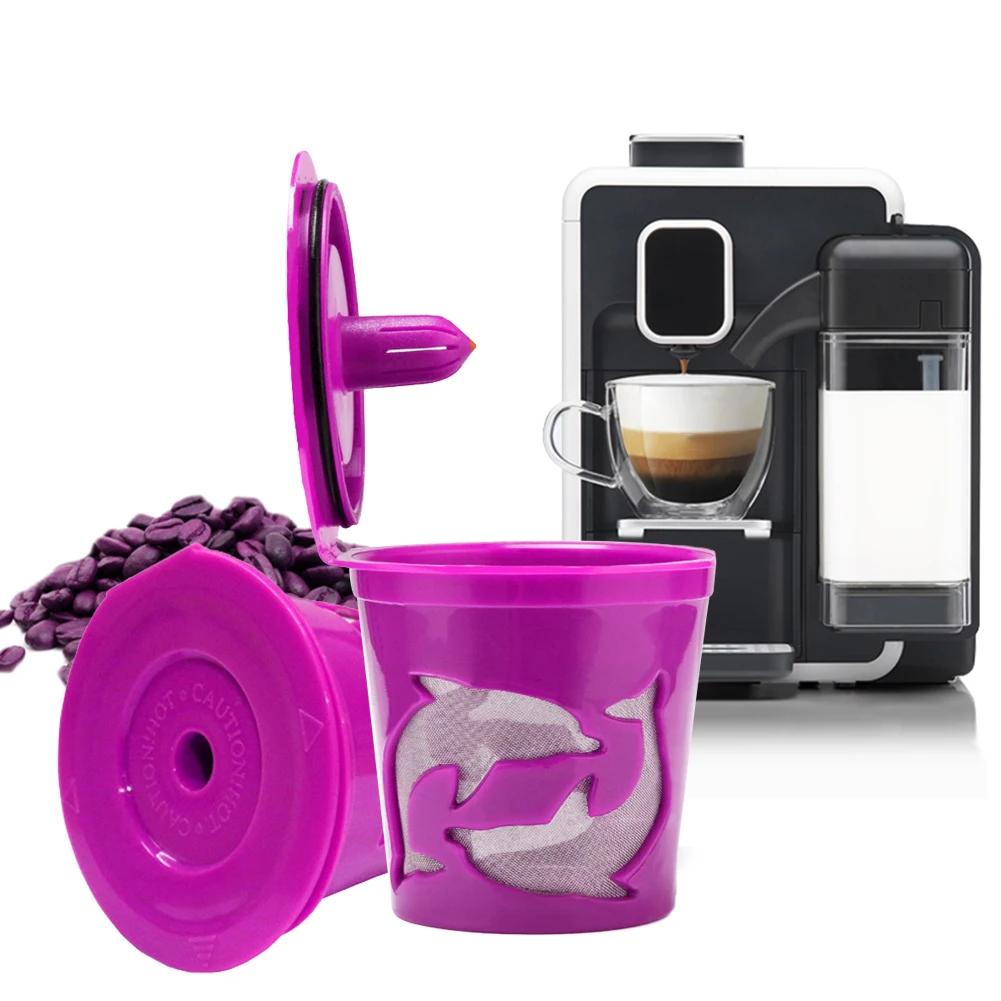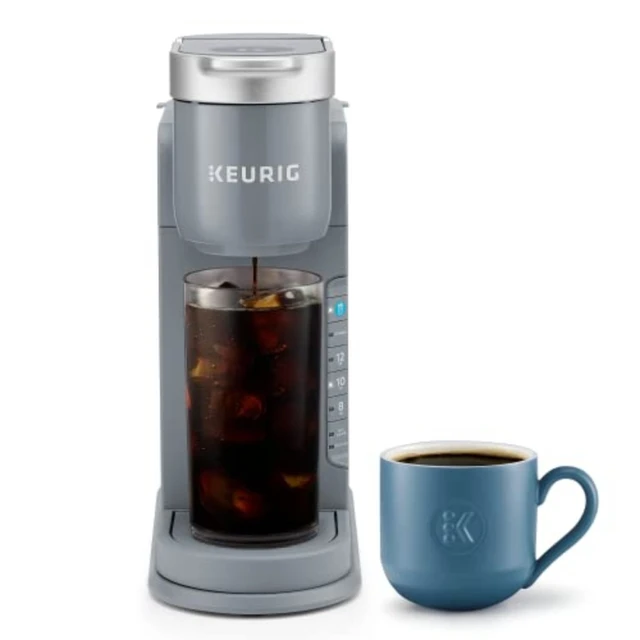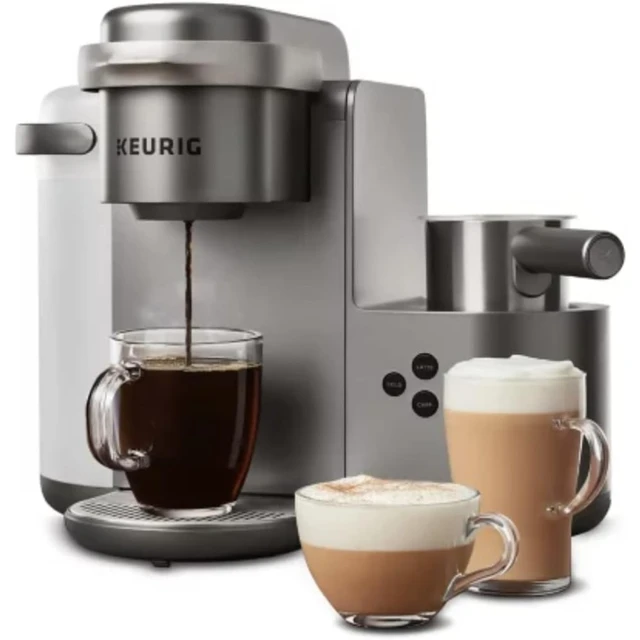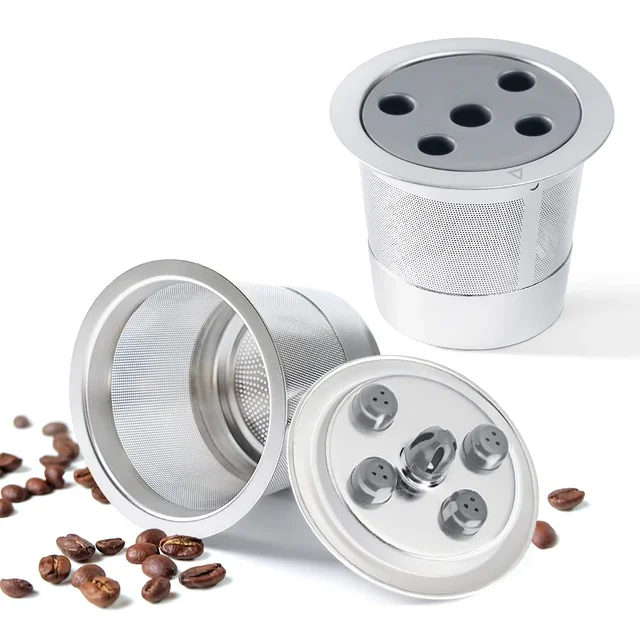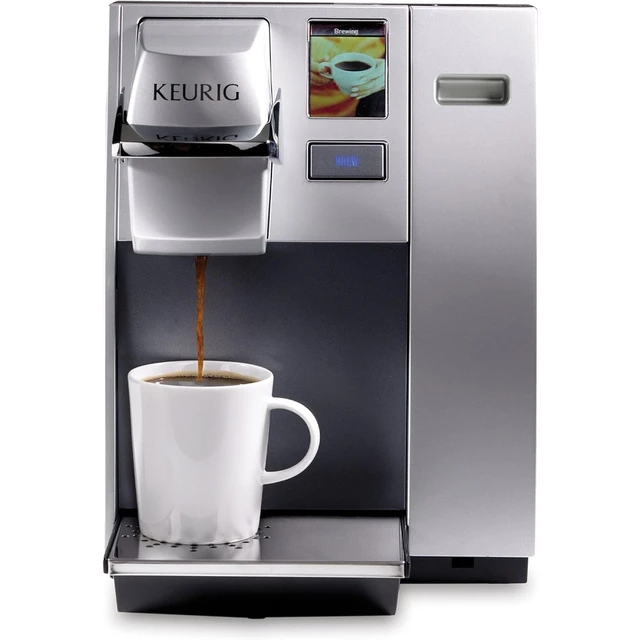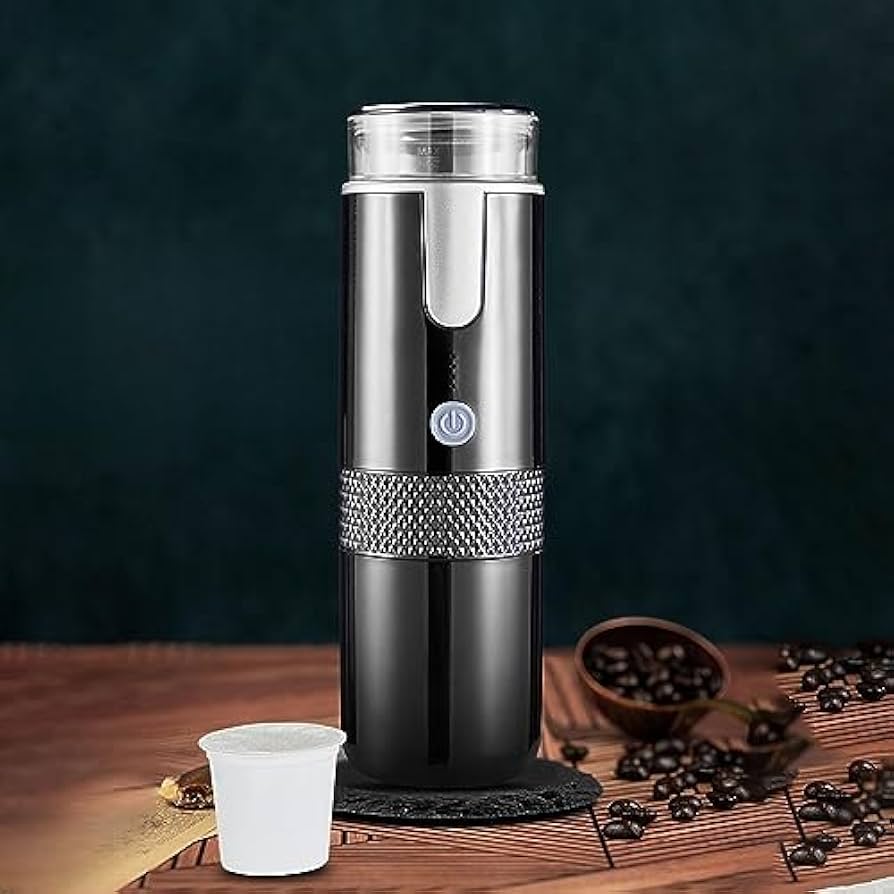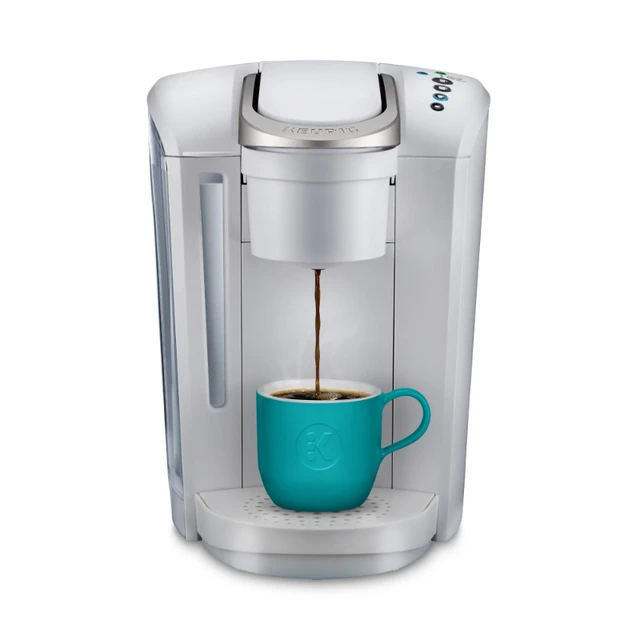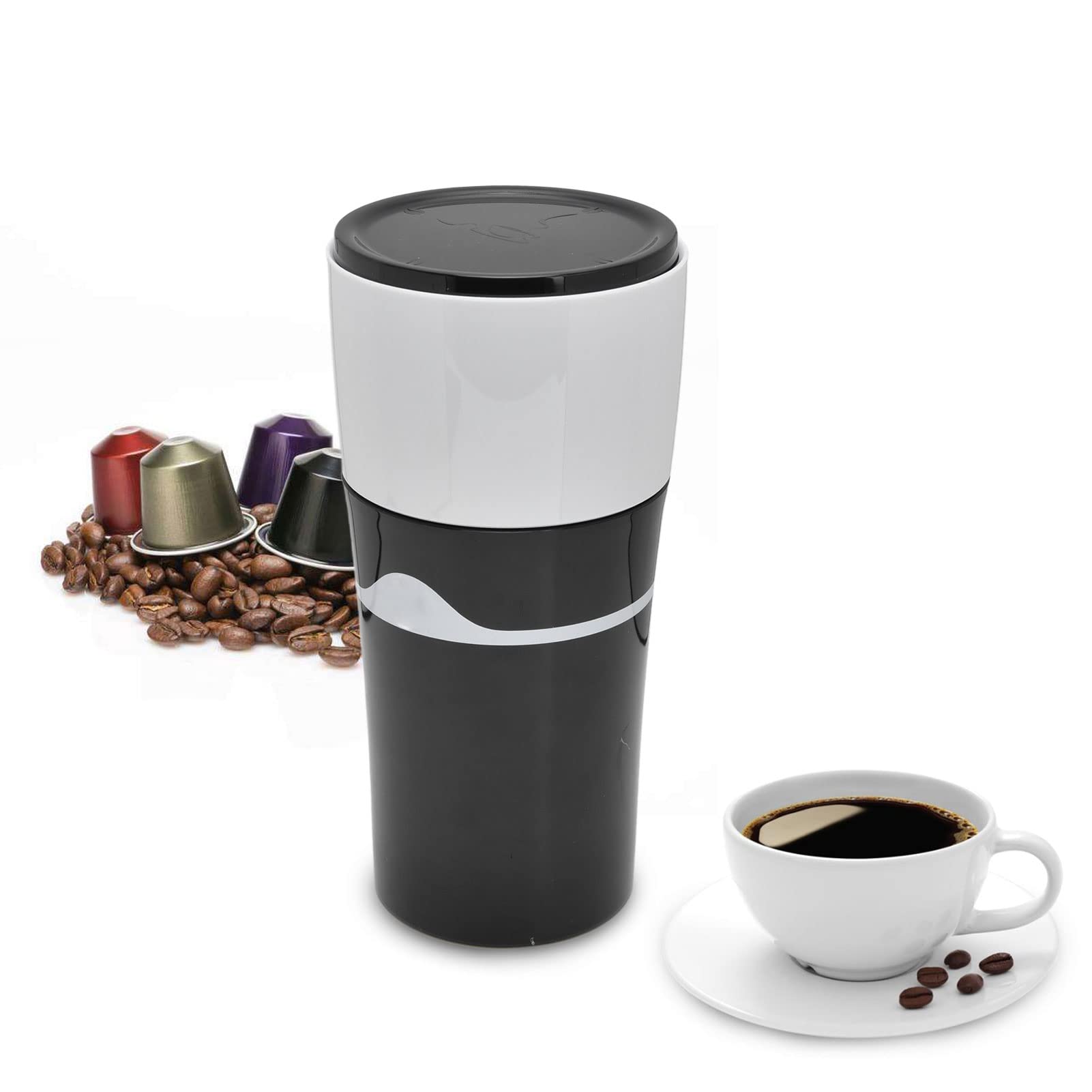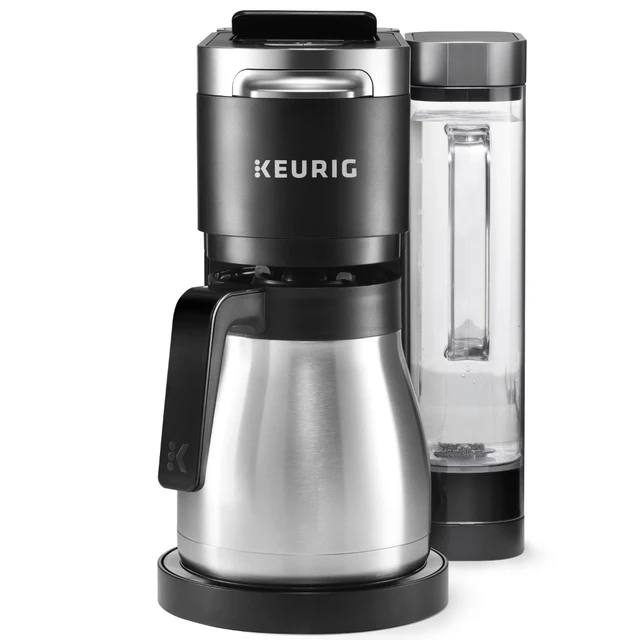
Maintaining your Keurig Duo coffee maker involves several important tasks, one of which is descaling. Descaling is the process of removing mineral deposits that build up over time due to the water you use in your machine. If not addressed, these deposits can lead to slower brewing times and a reduced lifespan of your beloved coffee maker. In this comprehensive guide, we will delve into everything you need to know about how to descale your Keurig Duo, from understanding the necessity of descaling to the step-by-step process and useful tips for keeping your machine in top shape.
Why Descale Your Keurig Duo?
Understanding Scale and Its Effects
Water contains minerals that, while generally harmless, can accumulate over time in appliances. This process is called scaling, and it can hinder the performance of your coffee maker. The minerals primarily consist of calcium, magnesium, and lime, which can accumulate inside your machine’s water reservoir, tubes, and heating elements.
Symptoms of Scale Build-Up
If you notice any of the following symptoms, it’s a good sign that your Keurig Duo may need descaling:
- Slow Brew Times: If your coffee machine is taking longer than usual to brew a cup of coffee, it may be time for a descaling.
- Unpleasant Taste: A chalky or metallic taste in your coffee can indicate mineral build-up.
- Machine’s Indicator Light: Most Keurig machines feature an indicator light that signals when descaling is necessary.
- Weak Coffee Output: If your coffee doesn’t seem to have the same strength or flavor, there could be scaling interfering with the extraction process.
Importance of Regular Descaling
Descaling your Keurig Duo not only improves coffee taste and brewing speed but also extends the machine’s life span. A well-maintained coffee maker requires fewer repairs and replacements, saving you both time and money in the long run. Most manufacturers recommend descaling every 3-6 months, but this timeline can vary based on the hardness of your water and the frequency of use.
Preparing for Descaling Your Keurig Duo
Before you begin the descaling process, it’s important to gather your materials and prepare your machine.
What You’ll Need
To descale your Keurig Duo, gather the following items:
- Descaling Solution: You can purchase a descaling solution specifically made for coffee makers or create your own using equal parts water and white vinegar.
- Water Reservoir: Ensure the water reservoir is empty before starting the descaling process.
- Standard Coffee Mug: You’ll need a mug to catch the drips during the descaling process.
- Clean Cloth: Keep a cloth nearby to wipe down any spills.
Before You Begin
- Read the Manual: Ensure you understand your specific model by consulting the owner’s manual for any model-specific instructions or precautions.
- Choose Your Descaling Solution: Using a manufacturer-recommended solution can often yield better results, although vinegar can also be effective.
Step-by-Step Guide to Descale Your Keurig Duo
Once you have everything prepared, you are ready to begin the descaling process.
Step 1: Prepare the Descaling Solution
If you are using a commercial descaling solution, follow the instructions on the label. If you prefer to use vinegar, combine equal parts of water and white distilled vinegar.
Step 2: Fill the Water Reservoir
Pour the descaling solution into the water reservoir. Fill it up to the “max fill” line. Remember to not mix the solution with any other liquid.
Step 3: Start the Descaling Cycle
- Turn on the Machine: Ensure your Keurig Duo is plugged in and powered on.
- Select a Brew Size: Choose the largest brewing size option to ensure the entire system is flushed properly.
- Run a Brew Cycle: Press the brew button. The machine will start to draw your descaling solution through its systems.
- Discard the Liquid: As the solution brews into your mug, collect it and discard it. Make sure to place the mug back under the spout after each cycle to prevent spills.
Step 4: Repeat the Process
Continue running the brew cycle until the water reservoir is empty. This process may take several rounds, depending on the size of your water reservoir.
Step 5: Let it Rest
After you’ve descaled, allow the machine to sit for approximately 30 minutes. This resting period ensures the descaling solution has ample time to break down any stubborn mineral deposits.
Step 6: Rinse the Reservoir
Once the resting period is over, remove the water reservoir and rinse it thoroughly with warm water. Ensure no traces of the descaling solution linger for your next brew.
Step 7: Run Fresh Water Through the System
- Fill with Fresh Water: Refill the water reservoir with fresh, clean water.
- Brew Several Cycles: Run multiple brew cycles with just water to ensure any remaining descaling solution is completely flushed from the machine.
- Discard Each Brew: As with the descaling solution, collect and discard the brewed water.
Maintenance Tips for Your Keurig Duo
To keep your Keurig Duo in top shape, consider the following maintenance tips:
Use Filtered Water
Using filtered water can significantly reduce mineral build-up, allowing you to extend the time between descaling cycles. If possible, invest in a charcoal water filter designed for Keurig machines.
Clean the Machine Regularly
While descaling is essential, regular cleaning of the external components is also crucial. Wipe down the machine, clean the drip tray, and ensure the pod holder is free of coffee residue.
Monitor Performance
Be attentive to any changes in brewing time, coffee flavor, or overall performance, and perform descaling at the signs of scale build-up rather than waiting for a dedicated schedule.
Keep a Descaling Schedule
Set reminders on your calendar to descale your machine to help you stay on top of its maintenance. Depending on your water’s hardness, adjust the frequency to best suit your needs.
Troubleshooting Common Issues
If you encounter any problems during or after descaling, here are some common issues and their solutions:
The Machine Won’t Brew
If your Keurig Duo stops brewing during the descaling process:
- Check the Water Reservoir: Ensure it is properly seated and filled with the descaling solution.
- Reset: Power off the machine for a few minutes and then power it back on.
Strange Noises
It’s normal for your machine to make noises during descaling; however, if you notice excessive noises:
- Check for Blockages: Ensure no obstructions are present in the water lines.
- Inspect the Pump: If you suspect a mechanical issue, consider consulting the manual or a professional.
 Eco-Friendly Alternatives to Commercial Descalers
Eco-Friendly Alternatives to Commercial Descalers
If you’re looking for a more eco-friendly option, diving into natural alternatives can be effective:
Lemon Juice
Lemon juice can be an excellent natural alternative. Its acidity helps dissolve mineral buildup. Simply mix one part lemon juice with one part water and follow the same descaling process.
Baking Soda
Baking soda can also be used as a natural cleaning agent. Mix two tablespoons of baking soda with a cup of water, pour it into the reservoir, and run several brew cycles with it.
When to Seek Professional Help
Occasionally, while performing routine maintenance, you might find persistent issues that you can’t solve. If you encounter:
- Repeatedly clogging needles,
- Unresponsive buttons,
- Or consistent malfunctioning issues.
Consider contacting customer support or a professional technician for assistance.
Final Thoughts on Descaling Your Keurig Duo
Descale your Keurig Duo regularly and after noticing any signs of scale build-up to ensure a perfect cup of coffee every time. By following these detailed guidelines, you enhance your machine’s performance and prolong its life. Whether you opt for a commercial descaler or your own vinegar solution, the importance of keeping your coffee maker in peak condition cannot be understated. Enjoy your beautifully brewed coffee and the satisfaction of knowing you are taking great care of your Keurig Duo!
